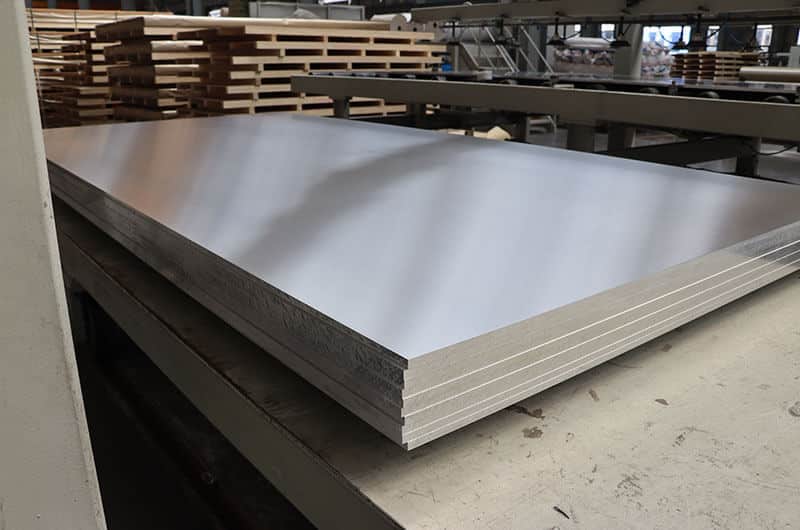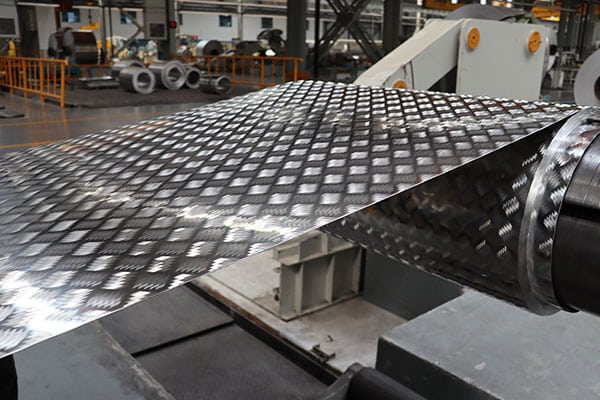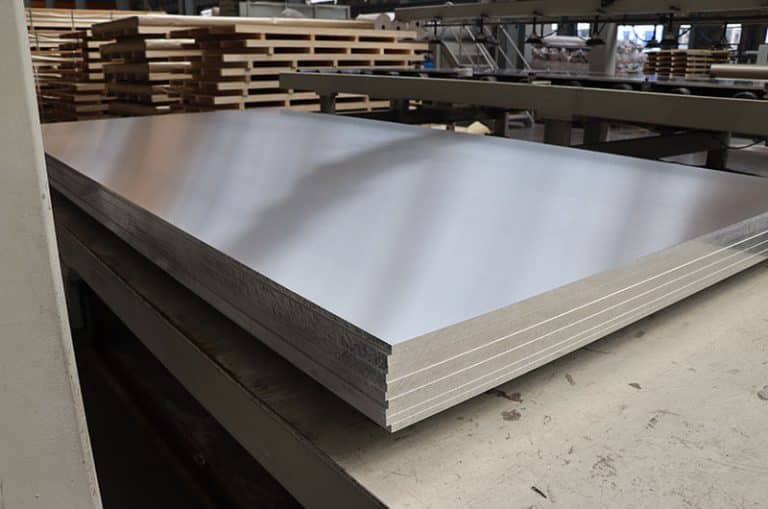Aluminum sheet is a crucial component in various industrial applications, and choosing the appropriate size is paramount in engineering projects. Proper aluminum sheet dimensions can enhance production efficiency, reduce expenses, and guarantee product quality.
Mingtai Aluminum currently stocks a range of popular sizes for aluminum panels, including 4x8, 4x10, 5x10, and 8x4. We also offer custom-cut aluminum sheet to meet specific customer needs. When choosing the size of aluminum plate, several factors should be taken into consideration.

- Tailoring to Project Needs: The key consideration when selecting aluminum tread plate is the specific requirements of the engineering project. As different projects demand unique size parameters, selecting the appropriate size is essential. For instance, in construction projects, a larger aluminum sheet is generally chosen to cover large areas effectively. In contrast, aerospace applications have strict weight constraints, necessitating the selection of thinner and smaller aluminum plates.
- Efficient Production and Processing: It's essential to factor in production and processing conditions when selecting aluminum tread plate. The equipment and processes required for manufacturing and processing aluminum sheets of various sizes and specifications can vary. If the production line or processing equipment cannot accommodate oversized or undersized aluminum sheets, it can impact production efficiency and product quality. Mingtai Aluminum, for instance, has a large production line that supports the production of large and thick aluminum sheets.
- Material Costs and Resource Efficiency: When choosing larger aluminum sheets, material costs are a consideration. Larger sheets often come with higher material costs. Additionally, selecting larger sizes can introduce material waste issues. Therefore, it's crucial to strike a balance between material costs, waste reduction, and meeting project needs.
Regardless of the size of aluminum sheets required, precise control is essential. The finishing equipment primarily includes straightening machines, slitting machines, rewinding and trimming machines, as well as oil clearing equipment. The complete production process primarily consists of various types of equipment.
The control work of aluminum plate involves several key elements, including plate shape, geometric size, and surface quality. Another important aspect is the verticality of the aluminum sheet surface, which refers to the ratio of wave height on the sheet surface to the unit length within a specified length. This verticality is typically represented using the I value.
The straightening principle typically involves utilizing multiple sets of straightening rollers to repeatedly subject the aluminum plate to bending, stretching, and compression deformation. This process serves to eliminate internal stress and curved areas, ultimately ensuring the aluminum plate maintains a flat surface.
The geometric dimensions of aluminum sheet metal include thickness, width, length, and diagonal, among which thickness is mainly controlled and processed through the cold rolling process. Width is mainly controlled and adjusted through cold rolling or cross-cutting based on the finished thickness of the aluminum plate. The finishing process mainly controls the length and diagonal of the aluminum plate, and the diagonal is generally controlled when the shape of the aluminum sheet is in a relatively good state. To inquire about the price of aluminum sheet metal 4x10 and 4x8, please feel free to leave a message below.




